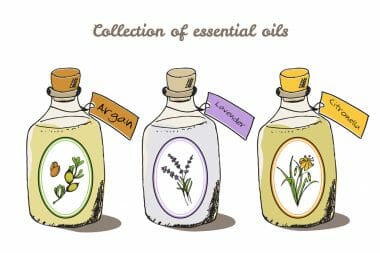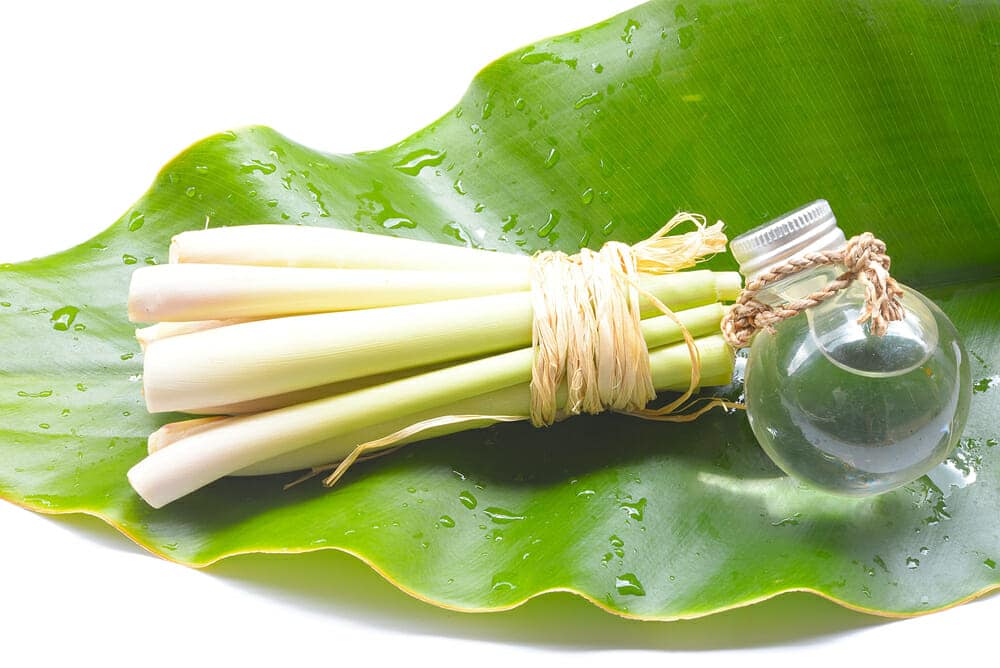Essential oils have been used for centuries to relieve the aches, pains and inflammation we experience on a day to day basis. Many essential oils have similar, and sometimes even more effective, pain-relieving properties than many synthetic pharmaceutical pain relievers. Not only do essential oils have fewer side effects than many pharmaceuticals, but they can also help to alleviate stress and help you to feel more relaxed.
Essential oils are valuable to our health because they are easily accepted by the body. Why? Because of what they have in common with our bodies. Essential oils are compatible with human proteins, similar in chemical structure with human cells and have similar hormone-like compounds.
Essential oils have a very tiny chemical structure so when they are applied to the skin they reach every cell in the body within minutes. Because of this your body will experience benefits and find relief in mere minutes.
Pain relieving essential oils are also homeostatic. This means that they are very complex and won’t disturb the body’s natural and normal balance. Pharmaceutical drugs, on the other hand, are synthetic chemicals and disrupt the body’s homeostasis. When we take excessive amounts of synthetic drugs for a headache each day, our headache may be relieved, but our kidneys may suffer the consequences. That’s disturbing the body’s homeostasis.
Wintergreen essential oil is a renowned pain reliever that can help alleviate headache, muscle cramps, joint pain, tendonitis, and bone pain. Wintergreen oil also helps drive out stress and tension. Wintergreen oil is comprised of 85 to 99 percent Methyl Salicylate. When rubbed on the affected area the Methyl Salicylate creates an anesthetic effect on the nerves. It also increases circulation of the blood and brings warmth to the area. In this way, it fights pain. It is said to have cortisone-like effects that can help relieve pain very quickly. Wintergreen can also be used aromatically by diffusing or inhaling and is known to promote relaxation and to uplift your mood. It has a very powerful, mentally stimulating effect that can increase your attentiveness.  Its strong aroma can also heighten your senses.
Helichrysum is another powerhouse in the category of pain relief.  Helichrysum contains very high levels of Neryl Acetate (that contributes to pain relief), Sesquiterpene Hydrocarbons (that soothe inflamed tissue) and Regenerative Diketones (that stimulate cell regeneration). RECAP: These main components in helichrysum contribute to relieving pain, soothing inflamed tissues and stimulating cell regeneration, when applied to the area of a trauma. It has many other properties that promote pain relief. Helichrysum is also an antispasmodic.  A spasm is an unwanted, unbalanced, or excessive contraction in the body. These spasms can manifest themselves in muscle cramps or even a severe stomach ache. Helichrysum can give you quick relief in case a spasm begins, and can also work as a preventative agent if inhaled regularly.
Clove oil is made up of between 80 to 95 percent eugenol. Eugenol is an anesthetic substance that has been used for many years in dentistry, as an antiseptic and an anesthetic substance.  Because Clove oil is comprised of many flavonoids there is an increase in your body’s metabolism. This increases blood circulation. An increase in blood circulation typically means a reduction in tension of the blood vessels. For this same reason, clove oil is used as a pain reliever on other parts of the body, like joints and overworked muscles, to provide some relief from painful inflammation or swelling.
Peppermint essential oil is about 48 percent menthol. Menthol is a natural analgesic (pain reliever). When menthol is applied, molecules called ligands attach themselves to receptors in your cell triggering a change. The menthol ligand attaches to the kappa Opioid receptor, which produces a numbing effect. This just means it is a natural anesthetic. Peppermint essential oil is invigorating, clears the head and is a stimulant, while at the same time being cooling, soothing and refreshing.
Another reason menthol works so well is because it triggers a process called vasodilation. Blood vessels in the area widen, increasing blood flow to the area. In other words peppermint essential oil increases circulation.
Menthol also reduces inflammation. It brings a cooling sensation by stimulating the thermoreceptors in the skin cells, which helps your body recognize temperature changes. Your skin doesn’t actually change temperature. Instead, menthol causes a signal to be sent, which your brain interprets as cold, relieving the uncomfortable heat of inflammation.
When Peppermint oil is applied to the skin, it can help relieve tension headaches and pain from muscle tightness, because peppermint essential oil relaxes muscles. This includes the smooth muscle in your gastrointestinal tract and stomach. If you are experiencing pain from an upset stomach or heartburn peppermint oil is the way to go. One small drop of peppermint oil on the tongue can bring quick and effective relief.
Finally, Lavender essential oil promotes pain relief AND relaxation. Inhaling lavender relieves stress and helps reduce muscle tension, both of which are known to increase pain levels. It can also help ease pain due to tension or migraine headaches. Lavender essential oils can be either inhaled or placed directly on an area experiencing pain.
Using Lavender essential oils in the bath is also very helpful for stress relief and muscle and joint pain. Studies have shown that poor sleep increases pain levels, and improving the quality and amount of sleep you get can reduces those levels. Lavender is actually best known for its sleep inducing properties.
These all natural pain relievers are a wise and wonderful alternative to synthetic analgesics. Why not give them a try, so you can begin feeling your best today?
The information contained in this article is meant for educational purposes only and not meant to diagnose, treat, cure, or prevent any disease.  Statements in this article have not been evaluated by the Food and Drug Administration and are not intended to diagnose, treat, cure or prevent any disease. This information should not be relied upon to determine dietary changes, a medical diagnosis or courses of treatment. If you are pregnant, nursing, taking medication, or have a medical condition, consult your physician before using these products.
Essential Oils Can Provide Pain Relief! #HealthStatus
Key Points
- 1Essential oils are a wise and effective alternative to synthetic analgesics.
- 2Essential oils have been used for centuries to relieve aches, pains and inflammation.
- 3Poor sleep habits increase pain levels.
Essential oils have a very tiny chemical structure so when they are applied to the skin they reach every cell in the body within minutes.







Reply